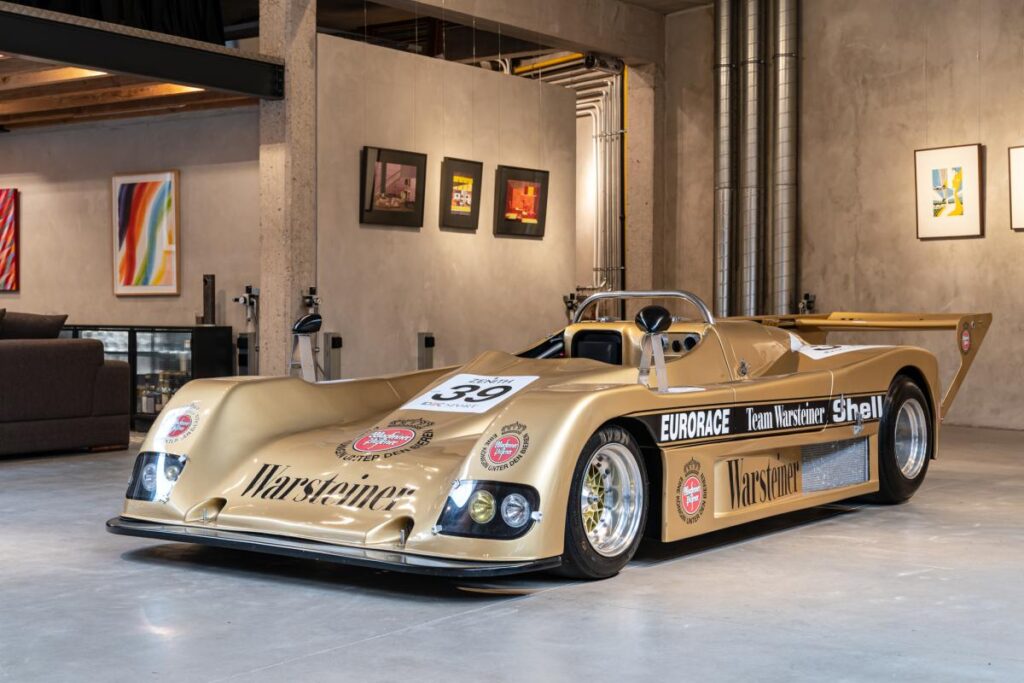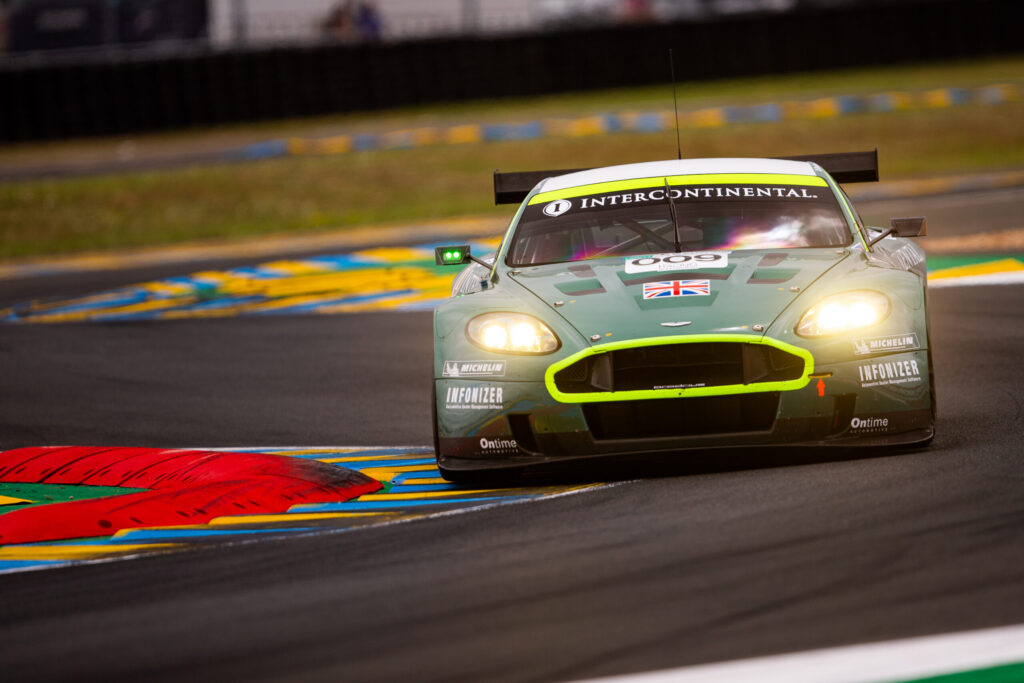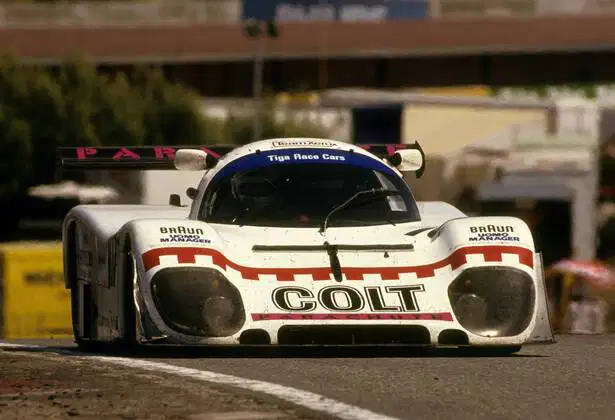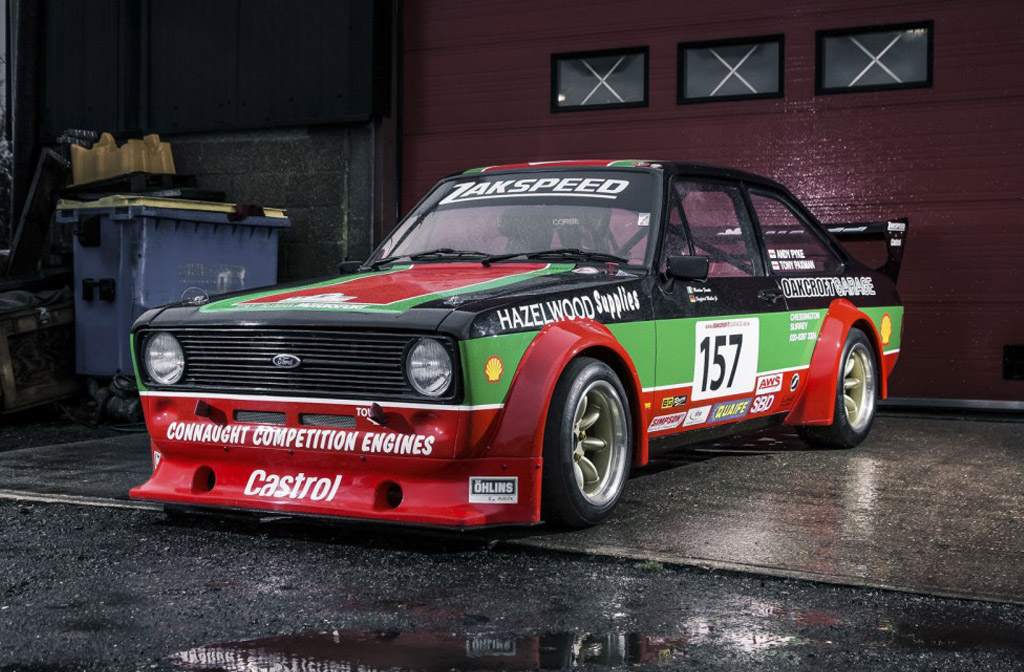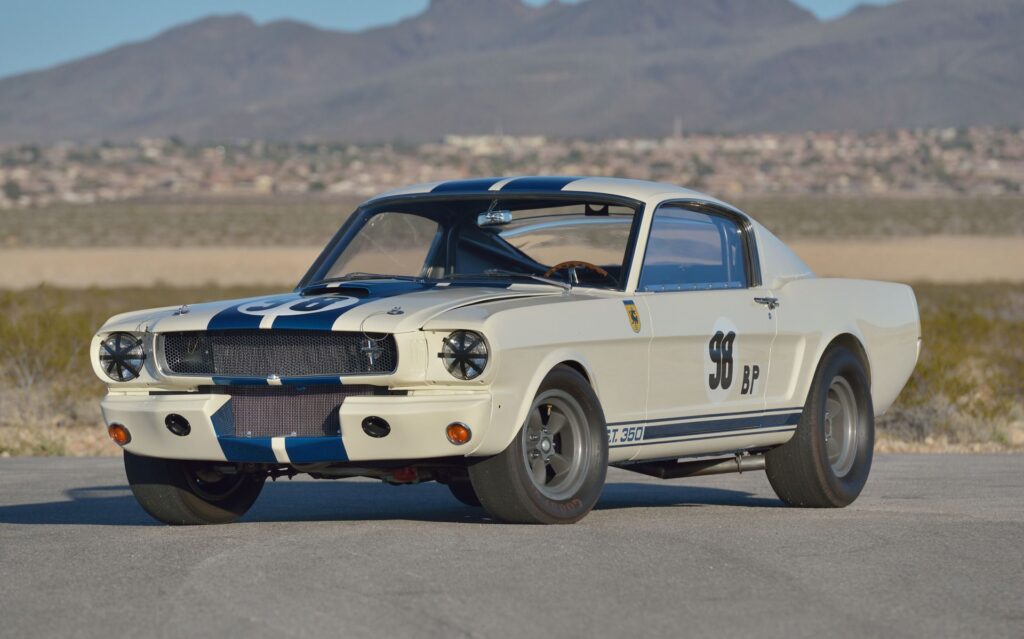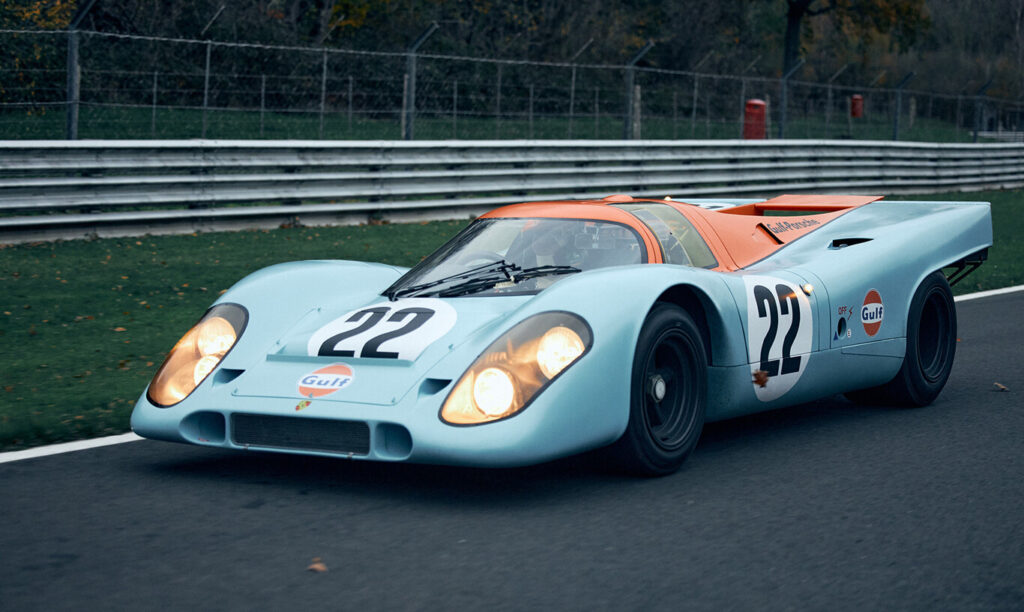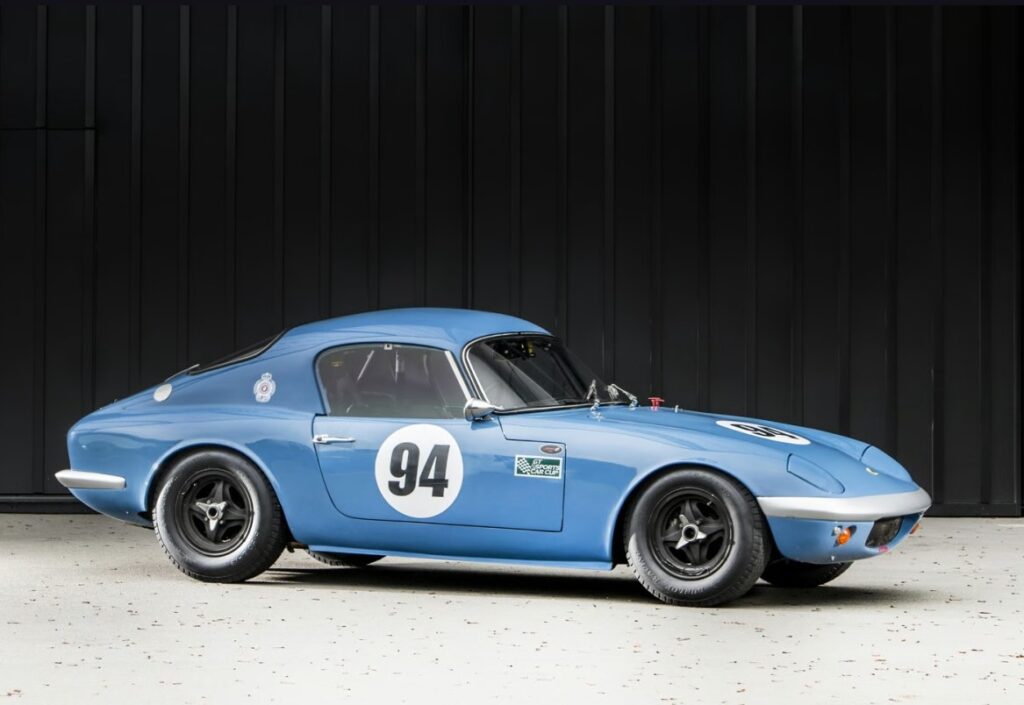1985 Porsche 962C

1985 Porsche 962C
Brand
Porsche
Year
1985
Country
Germany
Generation
Porsche 962

1985 Porsche 962C
Brand
Porsche
Year
1985
Country
Germany
Generation
Porsche 962
About this car
Discover the history
The 1985 Porsche 962C was a significant evolution in Porsche’s successful lineage of endurance racing cars. Developed as an update to the earlier 956, the 962C was tailored to meet stricter regulations set forth by the IMSA GTP and Group C racing series. One of its major adaptations was in driver safety, a response to new regulations requiring that the driver’s feet be positioned behind the front axle, which led to a lengthened chassis. To comply with IMSA’s rules, which only permitted single-turbo engines, the 962C also featured a revised powertrain, utilizing a powerful single-turbocharged engine with substantial output for long-distance racing. European models ran twin-turbo engines, providing a further edge on circuits where they were permitted, while the car’s fully water-cooled engine variant would later provide up to 700 horsepower.
Aerodynamically, the 962C retained Porsche’s renowned ground-effect engineering from the 956, but featured subtle body modifications to improve stability and cornering performance. Its distinctive short-tail design optimized it for high-speed endurance racing, while adjustable wings helped teams manage downforce according to the demands of specific circuits. The car’s performance on the track was complemented by its durability and adaptability, making it highly popular among privateer teams. Numerous 962Cs were privately modified, allowing for a variety of aerodynamic enhancements, including honeycomb and carbon-fiber composite chassis variations to increase competitiveness against newer rivals from Jaguar and Sauber.


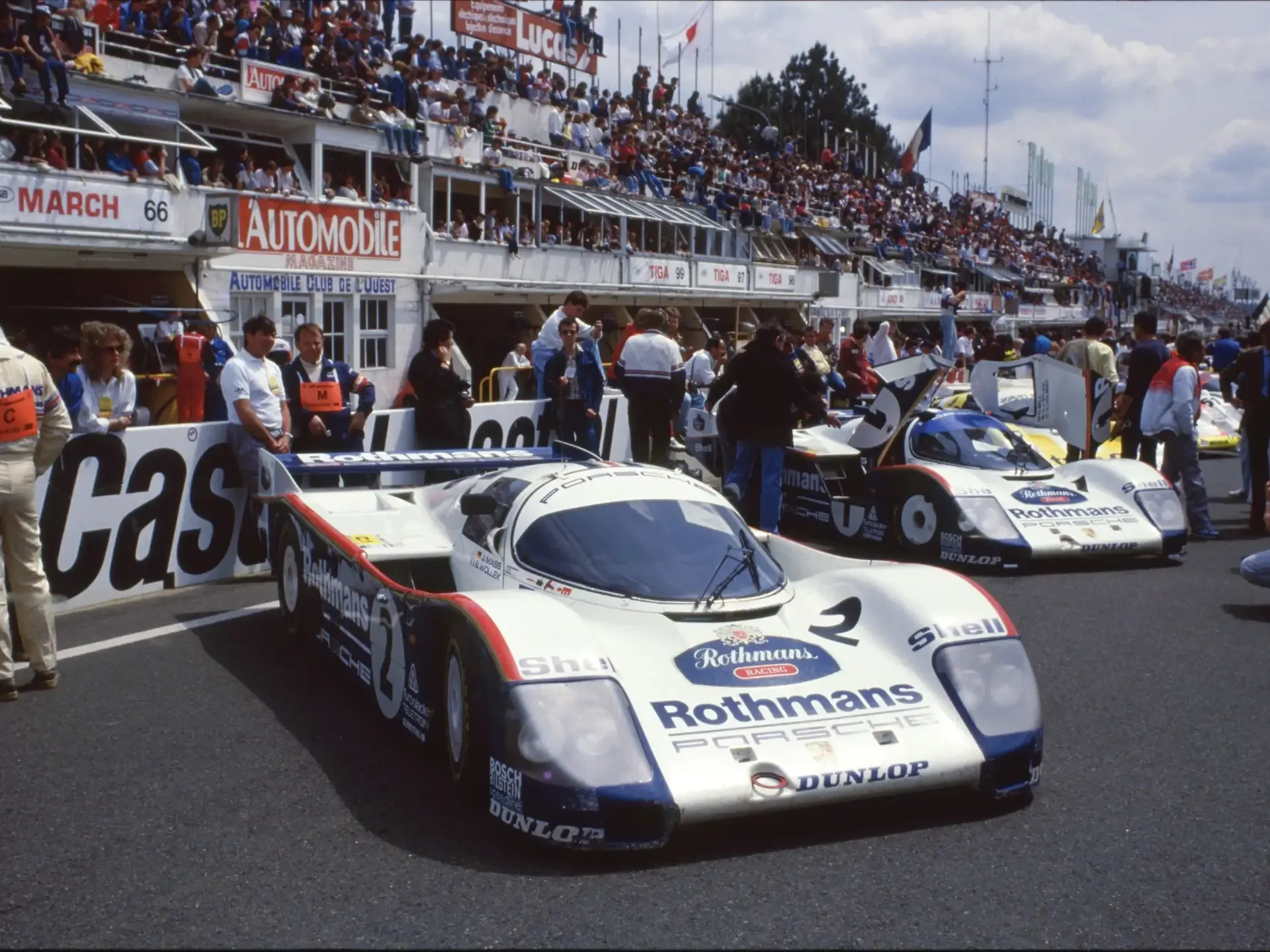

Racing pedigree was the cornerstone of the 962C’s legacy. Immediately after its debut, the 962C dominated in endurance racing, with teams securing wins in the Daytona 24 Hours, Sebring 12 Hours, and numerous races in the World Sportscar Championship. Porsche’s works team led the 962C to prestigious victories, including a consecutive win at the 24 Hours of Le Mans in 1986 and 1987, proving the car’s consistency over lengthy endurance events. After Porsche’s official withdrawal from factory-backed racing in 1988, private teams continued to find success with the 962C, keeping the car competitive well into the 1990s despite significant advances from other manufacturers. Teams such as Joest Racing innovated on the platform, achieving notable finishes at Le Mans as late as 1994, underscoring the model’s enduring prowess.
The 962C’s influence extended beyond factory and privateer success, as it became one of the most successful and widely raced models in sports car history. Approximately 126 examples were produced by Porsche and other entities, including custom-built adaptations for specialized racing conditions. The 962C’s adaptability and continued relevance in competitive racing, even as regulations evolved, solidified its legacy as an icon of endurance racing, widely celebrated in motorsport history.




